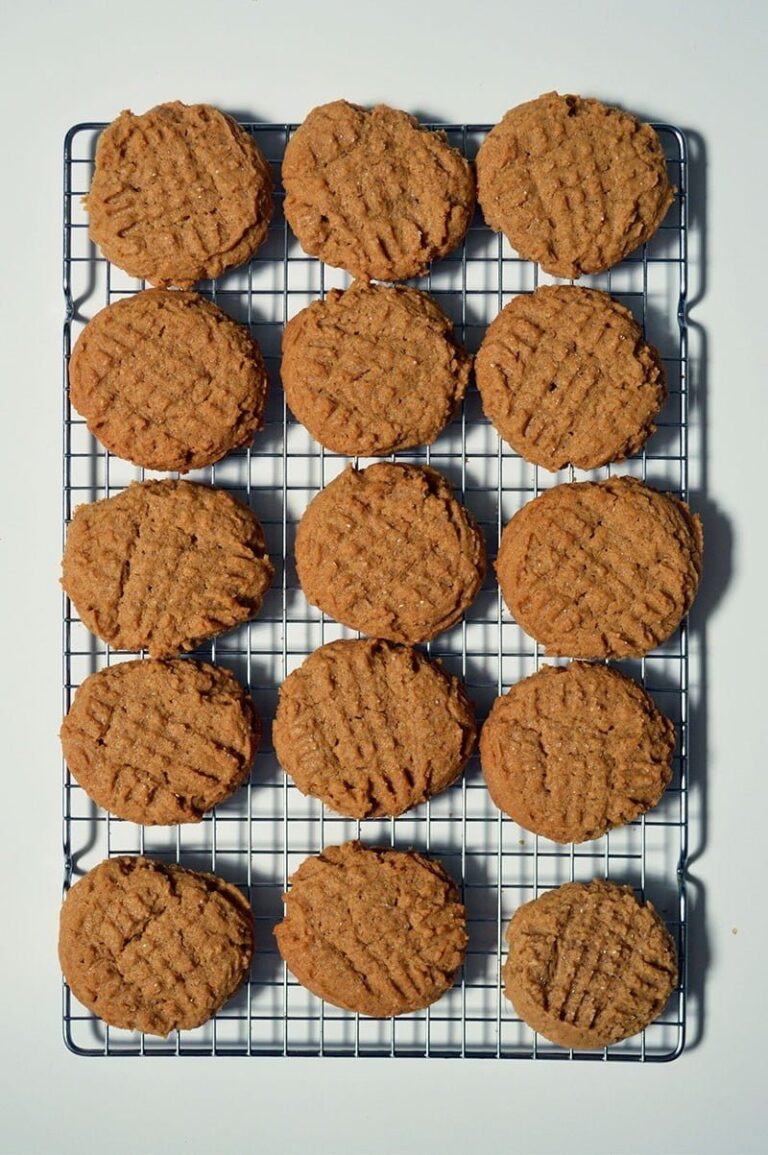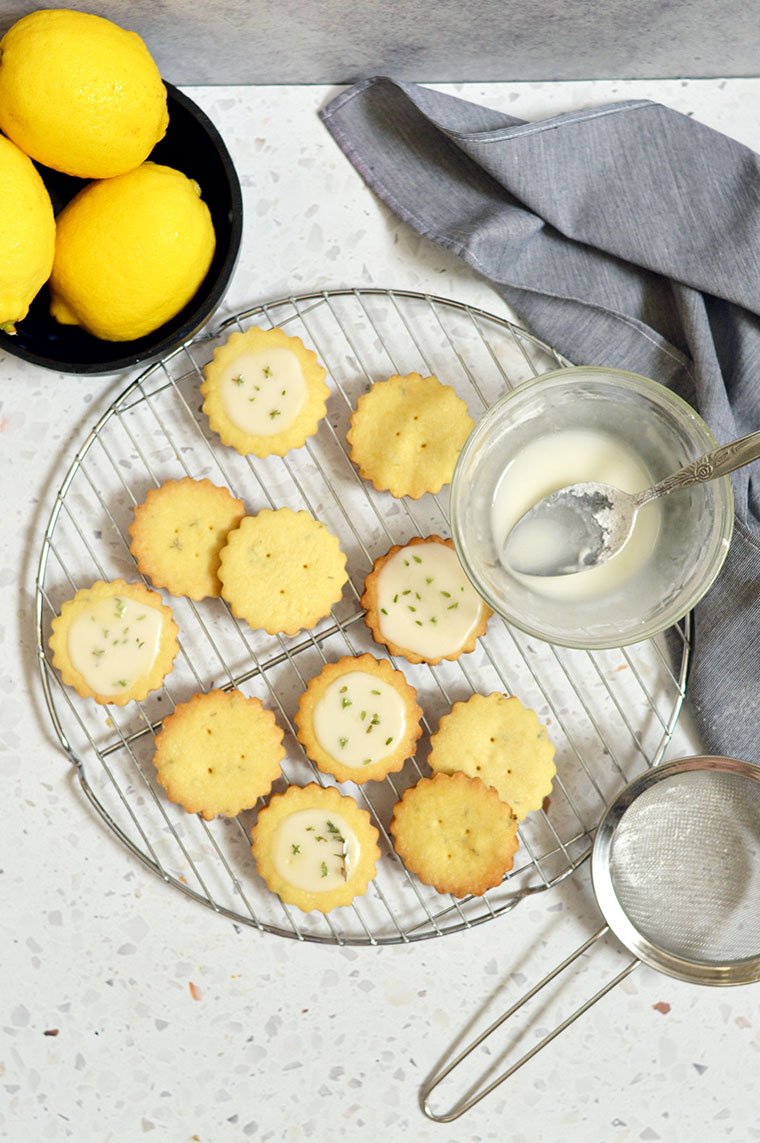Hojicha Panna Cotta
This post may contain affiliate links. Please read my disclosure policy for details.
This creamy and velvety Hojicha Panna Cotta comes with a unique earthy, nutty, and smoky flavor that will readily melt in your mouth.

Well, I know that hojicha is not as famous, but it tastes no less than matcha. It has been beginning to rise in popularity lately. I am happy to see more hojicha flavored desserts lately from hojicha latte to the hojicha flavored Kitkats. I am going to show you a simple way of incorporating hojicha to dessert in this Hojicha Panna Cotta recipe.
Although the name panna cotta may sound fancy and luxurious, it is actually very simple and easy to make. I have been making countless panna cotta and there is no way you can go any wrong with this dessert. This Hojicha Panna Cotta is the fourth recipe for my Tea Infused Panna Cotta Series. Be sure to check them out!
Just like the previous recipes, I use the same amount of milk, cream, sugar, and gelatin, but with a different kind of tea. This time, I use hojicha, which is a Japanese roasted green tea. It definitely does not taste like its superstar cousin, Matcha Panna Cotta. However, the addition of hojicha powder gives the distinct bold and intense earthy and smoky flavor to the creamy and sweet panna cotta.
About Hojicha
While matcha desserts seem to have hit the mainstream these days, there is also another Japanese tea that may not be as well-known. Hojicha is a Japanese green tea. However, that is more or less where the similarities end with matcha. Matcha is bright green and clean-flavored, while hojicha is dark brown, earthy, nutty, and even smoky. Hojicha has a roasty flavor that no other tea has. Interestingly enough, this roasty flavor makes hojicha taste quite a bit like a freshly roasted coffee.
The distinctive smoky flavor comes from the roasting process. Hojicha is steamed, rolled, dried, and slowly roasted tightly at high temperature over charcoal, altering the leaf color tints from green to reddish-brown color. The hue of hojicha slightly varies depending on the harvest date, roasting level, the type of green tea used. The roasting process used to make hojicha also lowers the amount of caffeine in the tea. Because of its mildness, hojicha is a popular tea to serve during the evening meal or after.
For Hojicha Panna Cotta recipe, I use hojicha powder which I bought online. Most stores sell hojicha in loose tea form, but I recommend to search for the powder form. Hojicha powder tastes more intense than loose tea. I only need to add a little to the panna cotta texture to make it tastes like hojicha. In addition, you do not need to strain the leaf because the powder will incorporate fully into the mixture.


More Tea Infused Dessert Recipes
Do you love the idea of incorporating tea into desserts? I think you will love these delicious recipes!
- Poured Matcha Tiramisu
- No-Bake Thai Tea Cheesecake
- Matcha White Chocolate Brownies
- Earl Grey Shortbread Cookies
- Earl Grey Burnt Cheesecake

Ingredients
- 1/2 cup (120 ml) whole milk
- 2 cups (480 ml) heavy cream
- 1/4 cup (50 gr) granulated sugar
- 3 sheets gelatin
- 1 tbsp hojicha powder
- 1/2 tsp vanilla extract
Instructions
- If you plan to unmold the panna cotta onto plates, lightly grease the inside of the glasses with vegetable oil and use a paper towel to wipe out most of the oil, leaving only a light residue. Otherwise, you can leave them uncoated.
- Soak the gelatin sheets in cold water until soft. Set aside.
- In a medium saucepan, heat milk, heavy cream, sugar, and hojicha powder until simmer (do not boil). Remove from the heat.
- Squeeze gelatin to remove any excess water and add it to the pan, stirring constantly until the gelatin is melted.
- Sift the mixture to remove any lumps and pour evenly among the prepared molds. Refrigerate until set for at least 4 hours or overnight.
- To remove from the mold, dip the bottom of the mold into a pot of hot water for 5 seconds to loosen the panna cotta. Slide a knife around the edge, then carefully turn it over onto a serving plate. Serve cold.







Instead of gelatin sheet can I use gelatin powder?
Gelatine sheet and powder are usually interchangeable, but for best results try to use the type specified in the recipe. As a general rule, 1 (0.25 oz.) envelope granulated gelatin = 1 tablespoon powdered gelatin = 3 sheets leaf gelatin. It means 1 sheet leaf gelatin is about 1 teaspoon powdered gelatin. This should be fairly safe substitution ratio. Whichever you choose, remember it must be fully dissolved – follow the packet instructions to see how to dissolve the powdered gelatin.